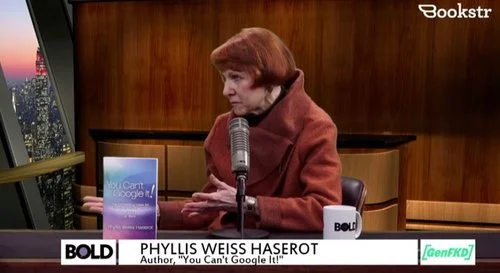Transition Fluidity
/Institutional obstacles: In some cases, institutional factors hinder the succession planning that incumbents are willing to do. I was hired to deliver a four-hour program for the North Carolina Conference of Court Administrators, whose members were highly concerned about succession planning and knowledge transfer. This was a particularly thorny situation since these senior administrators had little or no say or authority to choose their successors and little or no overlap with successors once they had announced their retirement date. Moreover, the state had cut the budget for transitioning, so anything they chose to do along those lines was unpaid. My challenge was to give them the knowledge and tools to do what they could to smooth the way.
This group of highly educated state employees was so dedicated to having a high-quality court system that they not only eagerly participated in the program I facilitated, but some determined to achieve smooth transitions by working on them without pay for a short time after their retirement. While it is a pleasure to work with people who have such positive attitudes, their solution is not a viable or fair one in view of the state’s shortsightedness or analogous situations.
New leadership resistance: One thing we did at IDC when I was first hired to have regularly scheduled brainstorming discussions around a specific idea. It always started with someone presenting research, but the leaders of the group at that time managed the session so that it quickly promoted loud and vigorous discussion. Out of that came joint research projects, proposals to follow up, and a more closely knit group even though we were a global company. When the original group leaders retired, they were replaced by people who thought you could mandate great ideas and squeeze productivity out of people who were being paid to amass information, synthesize it, and think for a living. They discouraged discussion—too disruptive. People stopped coming into the office. They wrote short inconsequential papers to meet the requirements of more reports per year. The vitality of the group was sapped. I don’t know how you fix this because it comes down to the people who are in charge, and they have to enjoy and encourage a certain amount of intellectual chaos and not codify it. (Sue Feldman, Boomer, formerly VP for Content Technologies at IDC, now Founder/CEO, Synthexis)
Legacy-Making Role Shifts: Working on a client project that included addressing the challenges of transition planning for partners and executives in their early sixties, I developed a series of work-legacy exercises. The founder of the organization resisted letting go, passing power to a successor, and accepting a new role. In the homework for a retreat, I had him and a few of the most senior partners write about and begin to design their desired legacy so that their contributions would be made clear and they had something to look forward to in their new roles. Through a planned process, the transitions came to pass—peacefully—and several years later the founder is in altered but highly respected roles, and the firm is thriving with his and the firm’s choice of successor in charge.


